If you can believe it, it’s the 2020s. With this new decade and its familiar historical parallels of global turmoil like that seen a century ago in the times of the Spanish Flu, a rising, not-so-quiet chorus of whispers have been circulating about a collective cultural recall for the good times that followed then, and with hope, also now.
In tentative celebration of this much-wished-for next era, young revelers across the United States have overtaken public spaces in spirited jubilation, producing scenes this past summer that would likely not look out of place in a post-WWI America, with spaces like Washington Square Park in New York this past June, among others, becoming weekly serendipitous parties. Brands, similarly — both in the watch industry and outside it — have begun to shape their communications to a world and economy in recovery.

It seems thus that in our own post-pandemic world, the idealized memory of last century’s Roaring ‘20s looms large, with its festive appeal steadily garnering greater intrigue and influence. And since it’s been a hundred years since the 1920s, it seems also natural that a renewed interest in that era, and by extension the Art Deco styles that defined it, is predictable.

Art Deco is most famously seen in the architecture of the Empire State and Chrysler Buildings, though the 2013 film adaptation of The Great Gatsby (above) probably now serves as its most popular cultural reference point. In the world of watches, you probably know the style by way of Cartier, with its Tank, or Jaeger-LeCoultre, with its Reverso, both with their signature square cases.
With our own ‘20s already here, and recovery seemingly imminent (however slowly) from our own once-in-a-century pandemic, it’s a worth asking if Art Deco styles are poised to make their way onto more wrists and if so, in what form. Or, to pose the question a different way: Our century’s “Roaring ‘20s” are coming, if not already here; will Art Deco come back with them?

Some Initial, Square Signs
Looking at some developments from this year, it appears several brands have glanced at their calendars and released watches in this spirit of exuberance and nostalgia, joining the two veins of post-pandemic induced revelry alongside a nostalgic recognition of century-old designs.
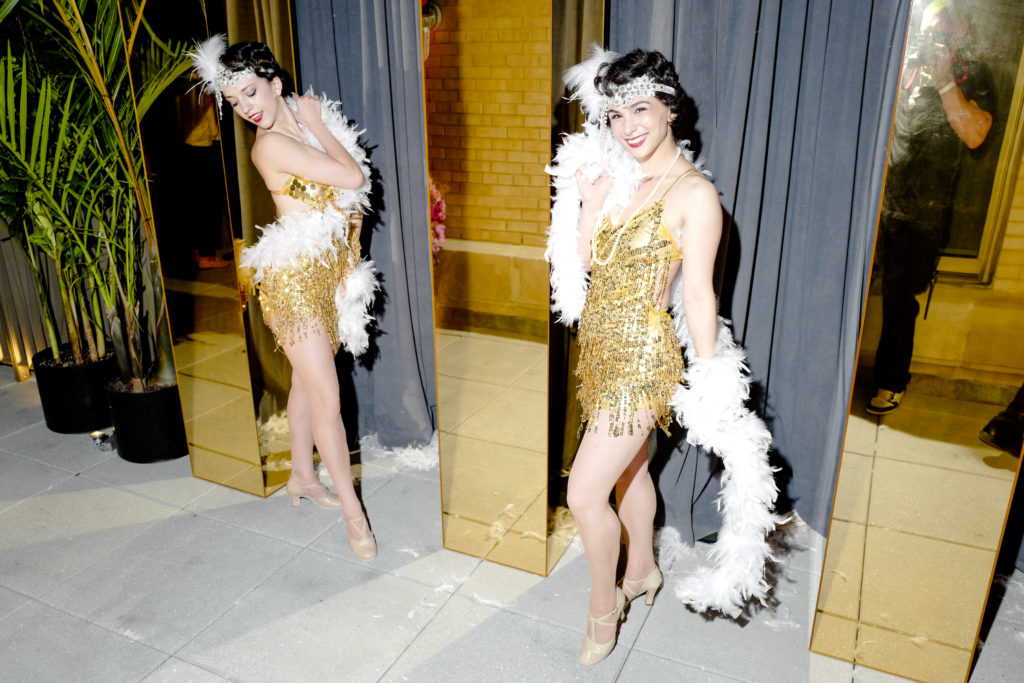
Vacheron Constantin, for example, just opened its Deco-influenced Manhattan flagship boutique to grand celebration during New York Fashion Week (see dancers in flappers costumes, above), the space showcasing the brand’s most notable release of the year, the explicitly Deco-inspired Historiques American 1921, alongside a vintage-re-creation Pièce Unique of the same design.
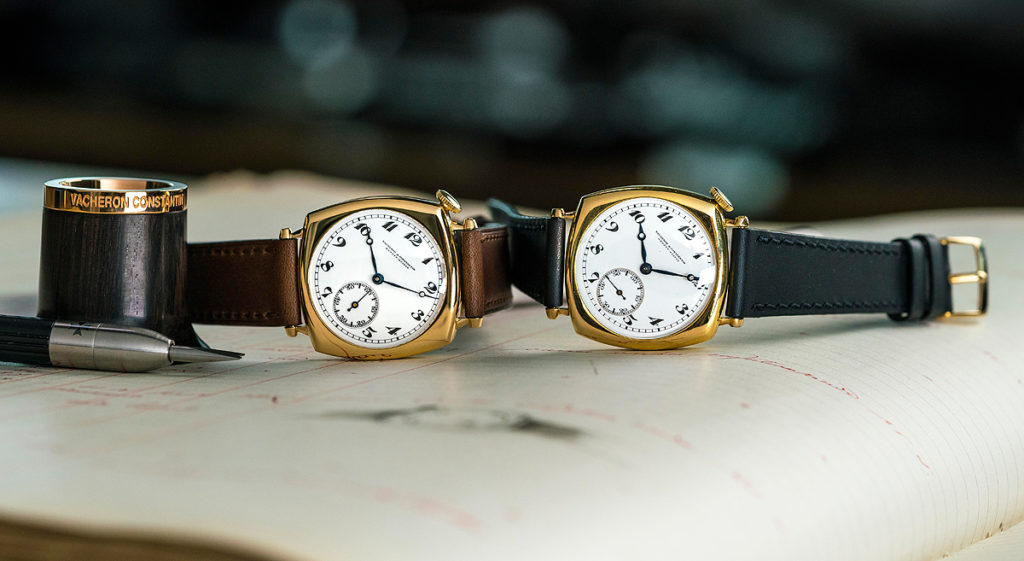
Jaeger-LeCoultre is also celebrating the 90th anniversary of its own most legendary Deco model this year, launching a special green edition Reverso in commemoration of the 1931 original, with other celebrations of the model still possible with a few months left in the year.
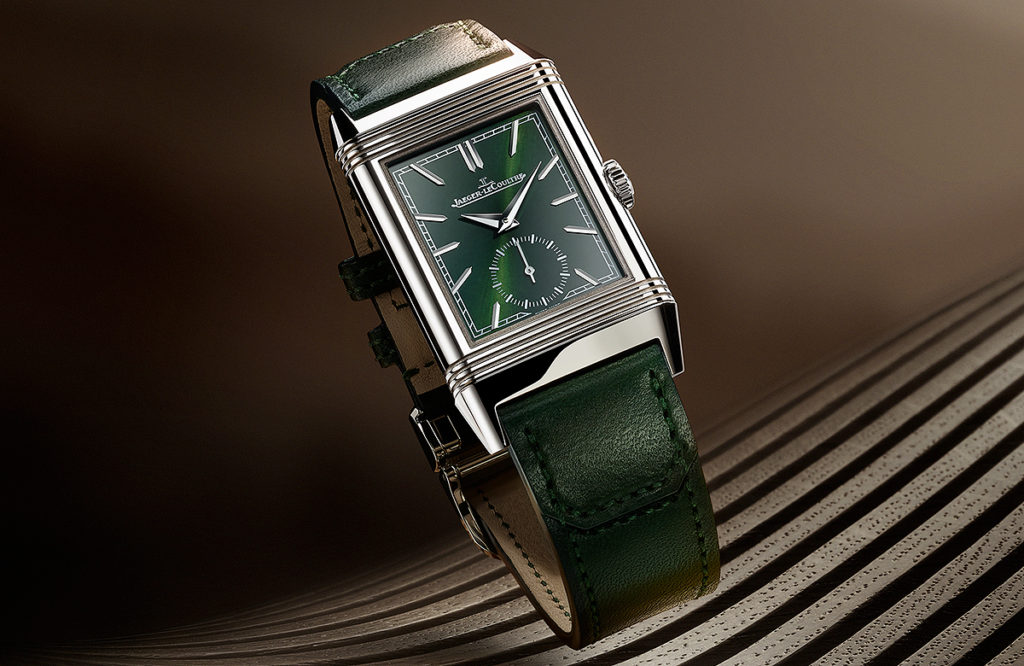
And then there’s Cartier. The French maison notably released a 100th-anniversary edition of the very Deco Tank Cintrée at the start of the year, following it up with more Deco-derived pieces like the Privé Collection Cloche De Cartier (below) and the entry-level Tank Must, both launched at Watches & Wonders 2021.
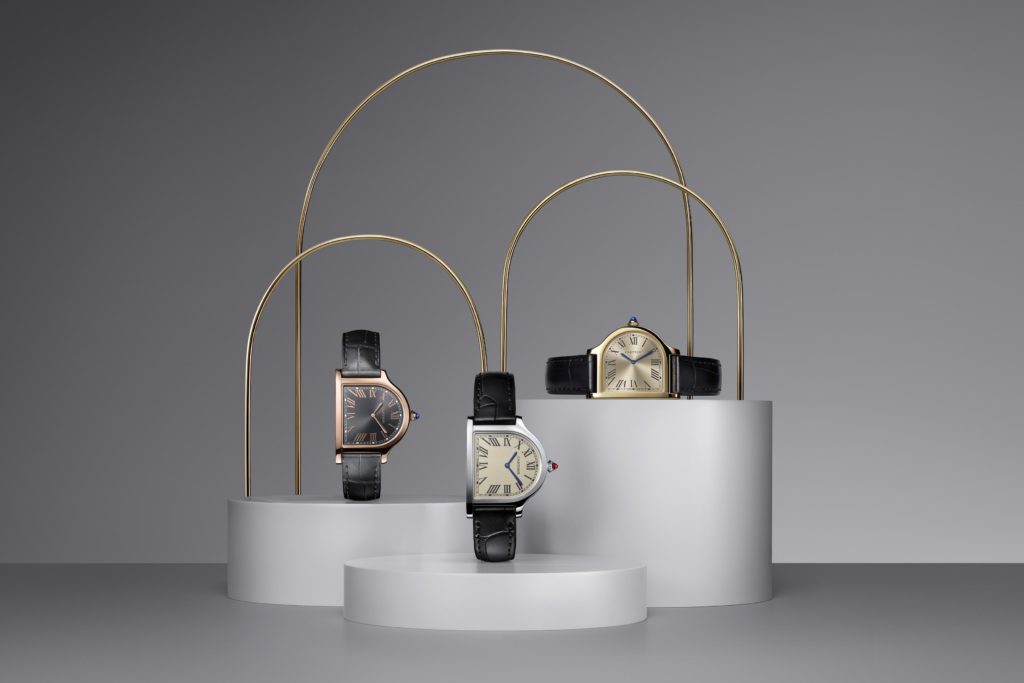
It is the Tank Must that has arguably brought Cartier its most significant headlines of the year. The collection is the brand’s strongest appeal to entry-level luxury buyers since the 1980s, with the design of its watches fashioned with some obvious creative effort alongside the casual influence of classic Deco styles which have defined the French maker for now over a century.
A Passing Trend or Defining a New Decade?
It seems that at least for now, in celebration of anniversaries, openings, and independent novelties, Deco has made its initial return just in time for our own Roaring era. Yet with the return of these designs and the celebration around them, the question becomes: will it last? Or, conversely, will Deco serve as another passing fad thriving temporarily on the heels of the previous decade’s vintage-inspired trend?

If you ask most brands, the answer is plainly told: Deco is here to stay.
In speaking with Antoine Puissant, Head of Branding and Communication for Baume & Mercier, earlier this year, he indicated the brand has seen some notable success thus far with the re-launch of its Deco-inspired Hampton collection (vintage reference above). Last year, the brand refreshed the series with the Automatic and Big Date Dual Time, and Puissant has hinted at plans to “reveal more Hampton timepieces that will honor the Art Deco movement even more so.”
That very idea culminated this past spring with the launch of four models with jewel-set crowns – each coolly recalling the signature accent Cartier has used in its extensive history of Deco-inspired watchmaking. That Baume & Mercier has released these Cartier-influenced models a year after the initial introduction of its own refreshed Deco collection seems to indicate the brand sees a clear opportunity in the space at this particular price point, which sits just below Cartier’s Tank Must in the sub-$2,000 category.
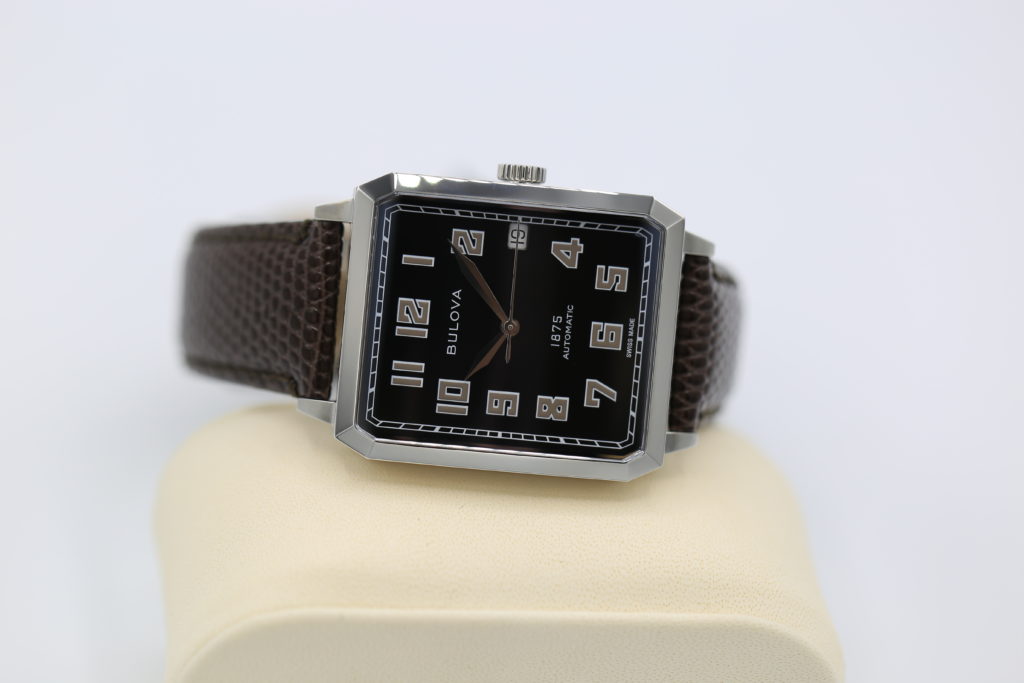
An even more budget-friendly brand, Bulova, has also in recent years shown a greater interest in 1920s-style design, notably unveiling its Deco-influenced Joseph Bulova collection in 2019, and its Frank Lloyd Wright Foundation limited-edition collection last year.
Bulova’s participation in the trend is significant due to its unique position in the industry. “Bulova is the gateway drug to the rest of the market,” says Michael Benavente, Managing Director for the brand. And frankly, it is. If Bulova, which offers both mass consumer and collector appeal, can rally its buyers around Deco, the style is almost sure to see a rise, starting at the lower price segments.
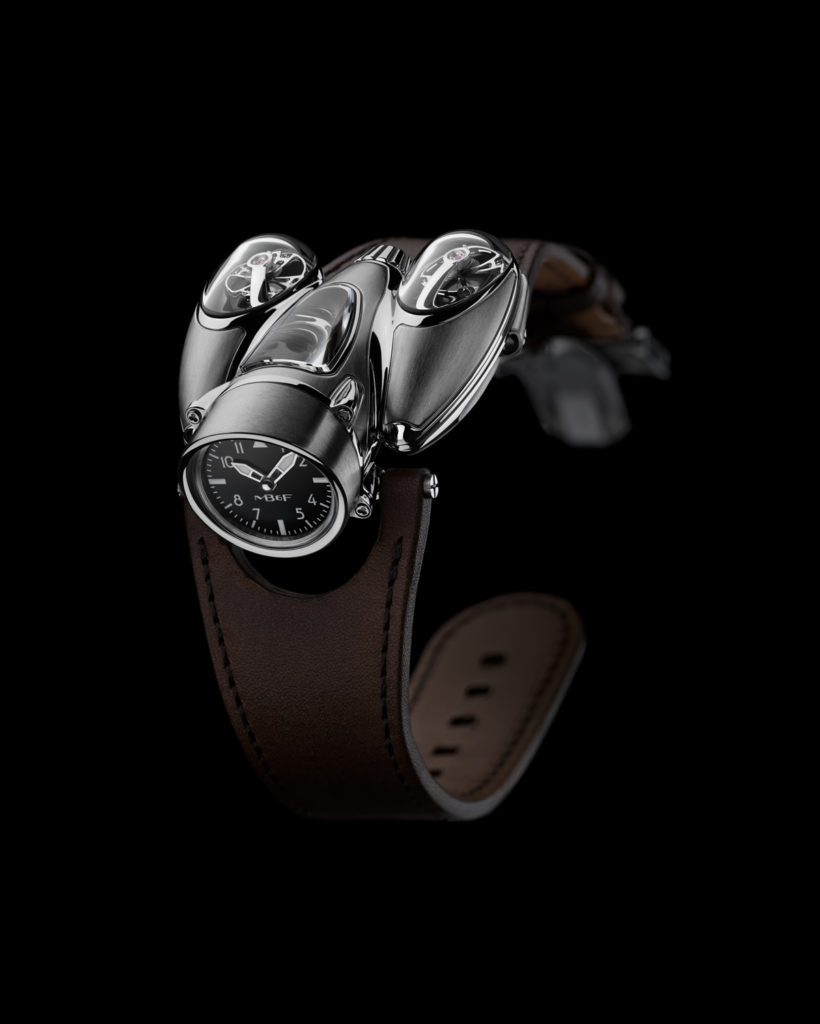
Others, however, are not so convinced of Deco’s staying power as a watch-world trend. Maximilian Büsser — Founder and Creative Director of MB&F, former marketing manager for Jaeger-Lecoultre in the early 1990s, and a respected expert in horological design — opined in a conversation earlier this year that each design movement is an artistic reaction to the previous one.
“Art Deco was a reaction to Art Nouveau, which was all flourish, flowery and all incredibly baroque,” Büsser said, referring to the dominant school of design that proceeded Deco in the early 20th century. “Art Deco was all about geometry, and in Art Nouveou, there was no geometry — it was free.” Developing this thought, Büsser argued how today’s trends in design and fashion likely do not lay the groundwork for Deco’s revival in the same way that the dominance of Art Nouveau did.
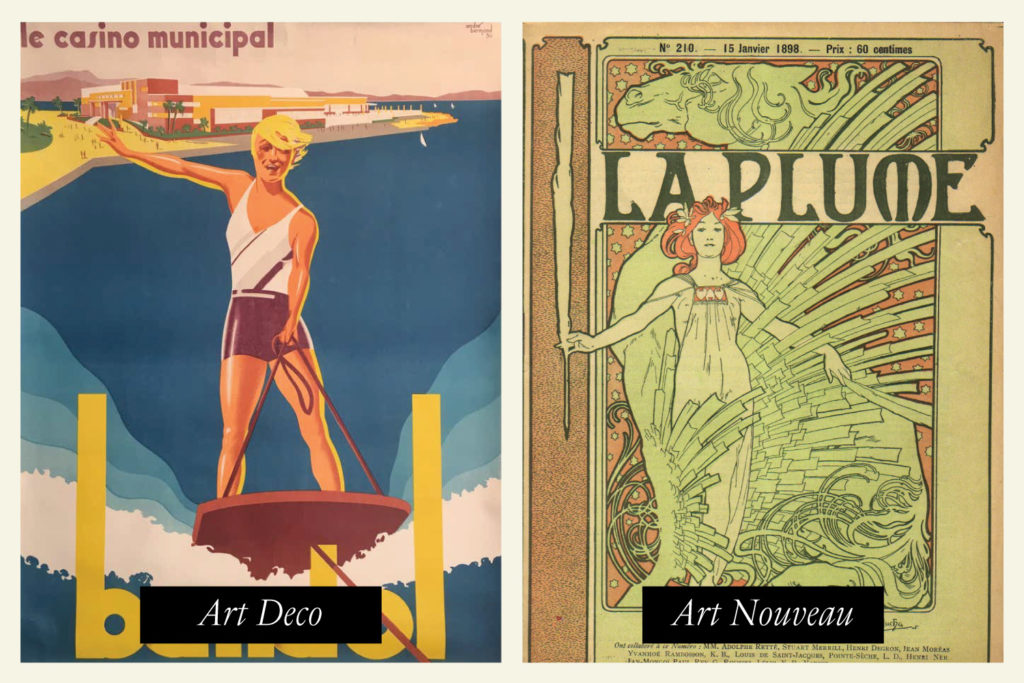
The First Condition for Roaring Success: Look at Cartier
While generally casting doubt, Büsser – ever the optimist and lover of vintage design – went on to discuss in the conversation what he thinks are the two necessary conditions for a revival to occur. The first is a rise in demand for Cartier watches, particularly vintage and pre-owned Cartier watches that explicitly recall the era. “If Cartier gets the respect it deserves, if it gets its [price] valuation to go where it deserves to go, then that will bring the whole industry to look at that.”
Taking this analysis in hand, it’s worth noting that based on the limited data available, pre-owned and vintage Cartier sales figures at auction have continued to rise. Additionally, this year Cartier launched its first “Vintage Collection,” which is composed entirely of vintage and pre-owned watches refurbished and certified authentic by the brand, indicating the maison is observing at least some potential growth in profits and prestige resulting from direct involvement in the secondary market.
Outside of rising vintage and pre-owned intrigue, Cartier, according to a popular report by Morgan Stanley earlier this year, is one of the few brands to grow its new-watch market share in 2020. That the brand has been able to do so represents not only a sustained and growing interest in its very Deco products across both secondary and primary markets, but also speaks to consumers’ trust of those products’ lasting value — despite the larger, pandemic-induced economic tumult experienced by other luxury makers.
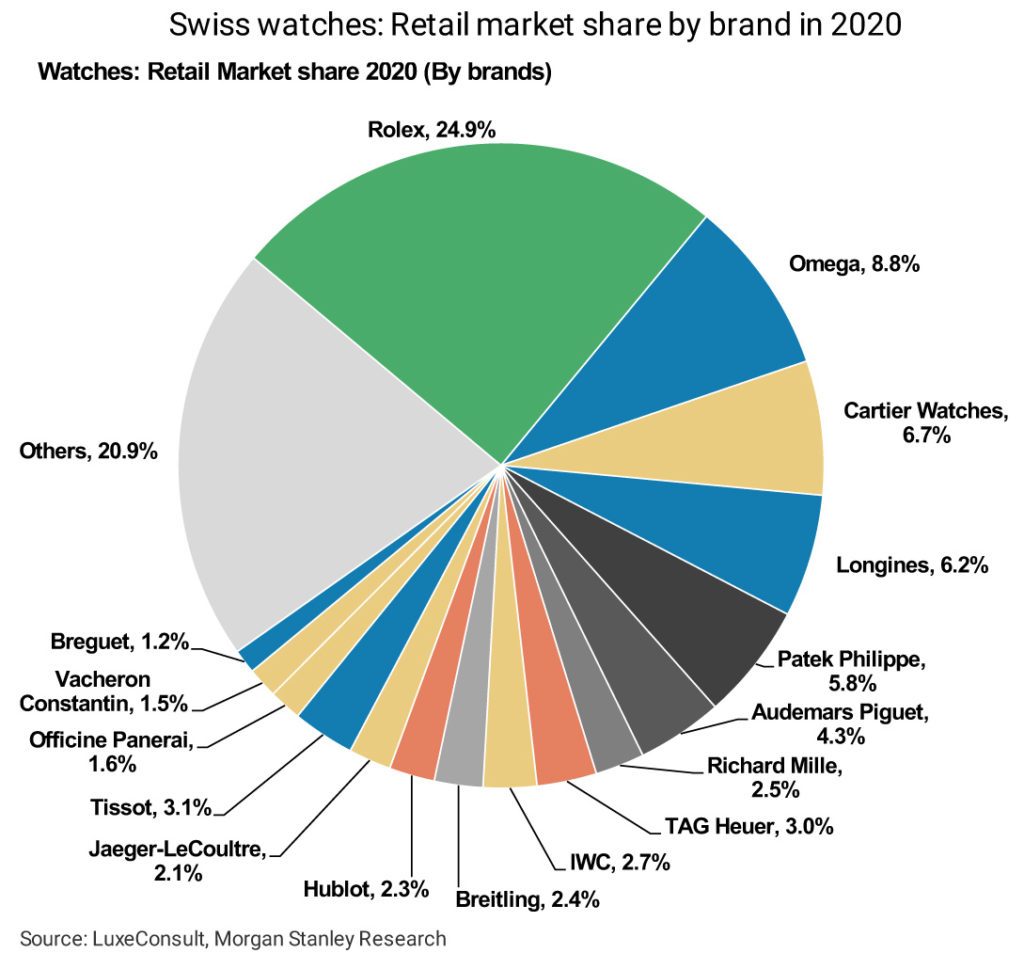
The Second Condition for a Decade of Deco: Bold Experimentation
The second condition for Deco’s lasting return, according to Büsser, is a willingness by mainstream brands for bold experimentation — whether in a Deco vein or otherwise. He cautioned, however, that “as long as the industry is held by CMOs and CFOs, nobody is going to go against what is successful.” In other words, as long as brands are guided by leaders looking to do what’s safe rather than what’s novel and creative, then larger, more obvious shifts in design trends are unlikely to follow.
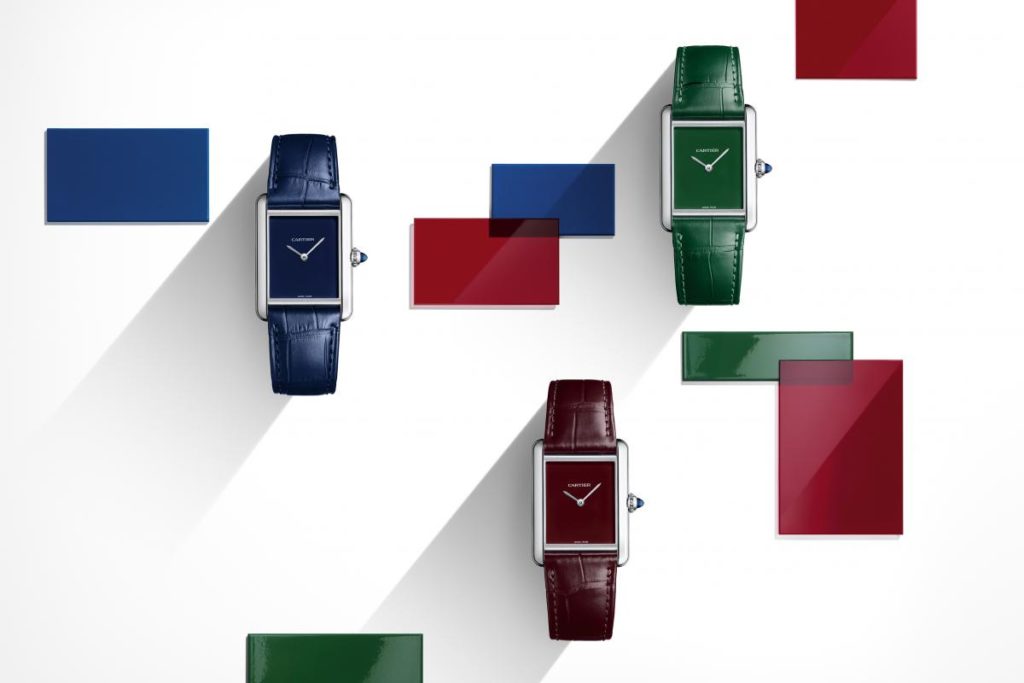
In this regard, at least thus far, Cartier once again appears to be a contrarian leader. Importantly, the brand earlier this year had its best showing at a trade show in recent memory, unveiling at Watches & Wonders an extensive array of bold updates to its watch catalog, and arguably “winning” the event, at least in terms of media attention. This all came a result of Cartier’s largely experimental lineup, inclusive not only of luxurious pieces recalling vintage rarities, but also, and perhaps most importantly, the renewed Tank Must collection.
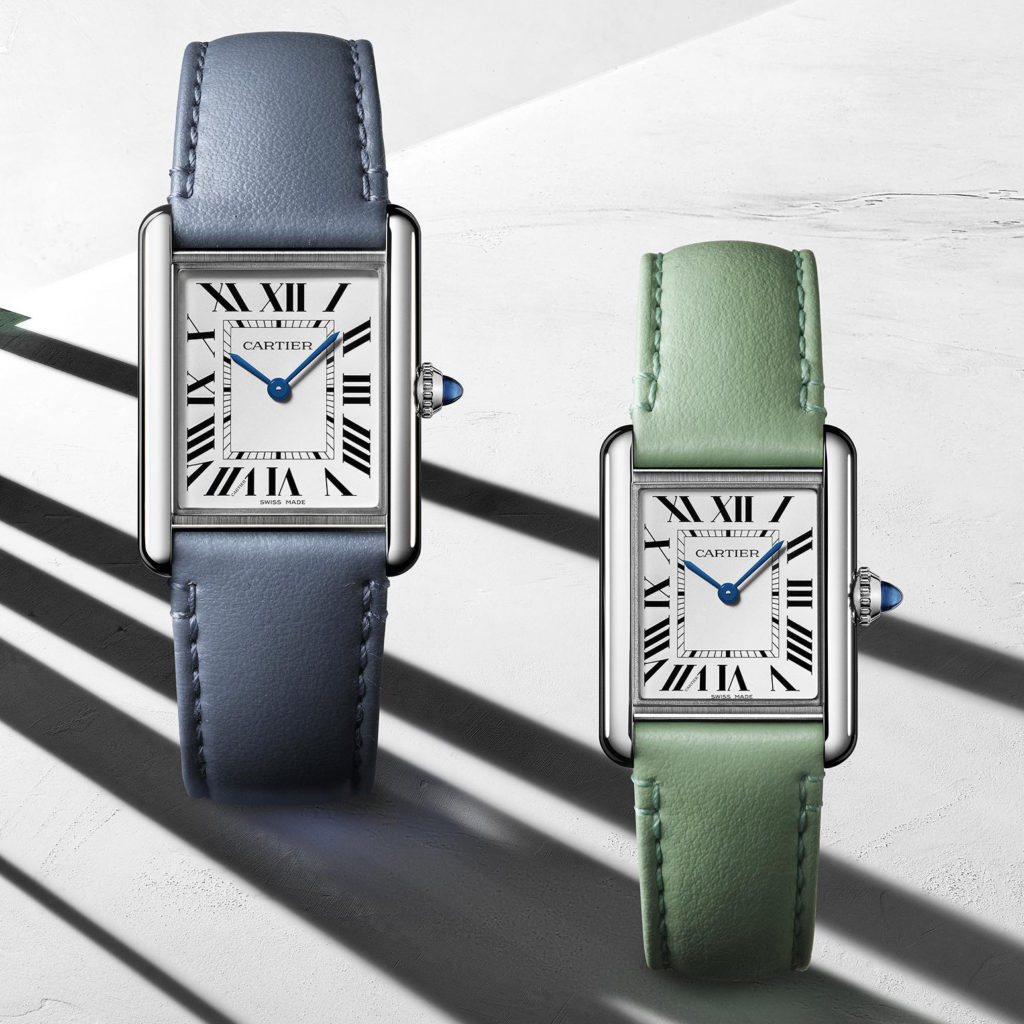
The Tank Must collection is composed of three different segments, including quartz-driven, colorfully monochromatic models inspired by the original, entry-level Must de Cartier watches of the ‘70s and ‘80s; sun-powered SolarBeat editions, whose innovative movements apply solar technology (above); and several more classically designed mechanical options.
At its initial release, marketing campaigns for the new collection seemed firmly geared toward a more fashion-focused, environmentally conscious Gen Z customer, and made little effort to explicitly reference the historical styles of the 1920s in which it was rooted. which the target demographic would likely consider the ancient past.
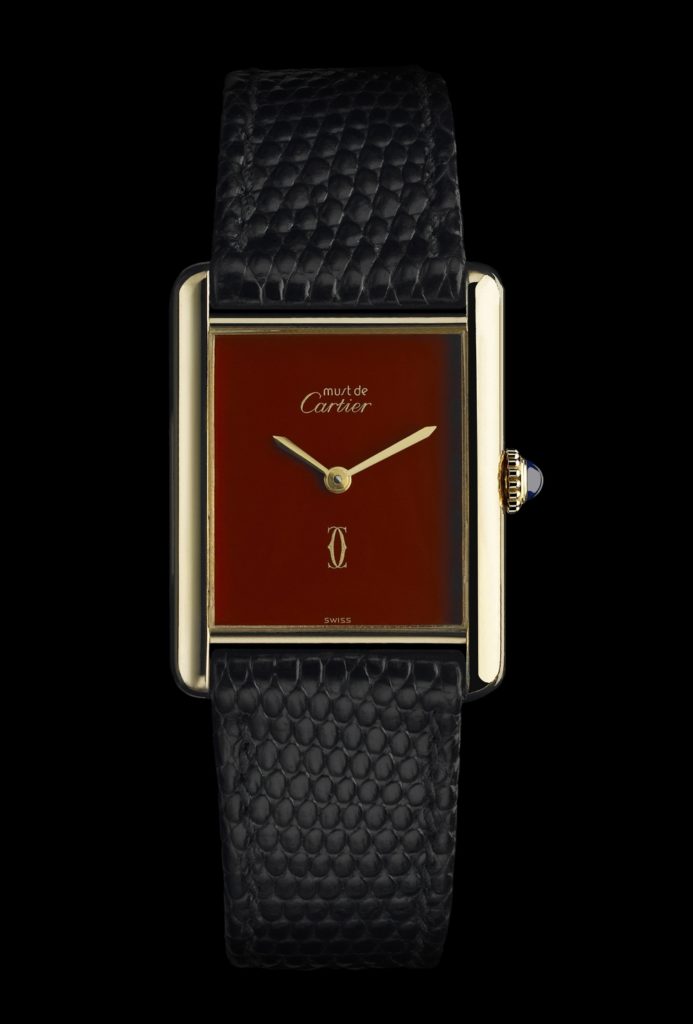
Cartier has likely adopted this strategy to engage a new generation of younger, more price-sensitive watch buyers and to draw them to the formal-adjacent, vintage-informed style of its iconic Tank — without necessarily the additional baggage (sometimes pronounced heritage) of century-old nostalgia. In effect, Cartier is re-contextualizing its Deco designs for the modern age through bright colors and new technology, rather than reviving them through the faithful re-issues, vintage mechanisms, and historical half-truths which have, until now, been the most popular methods of vintage recall, particularly over the previous decade.
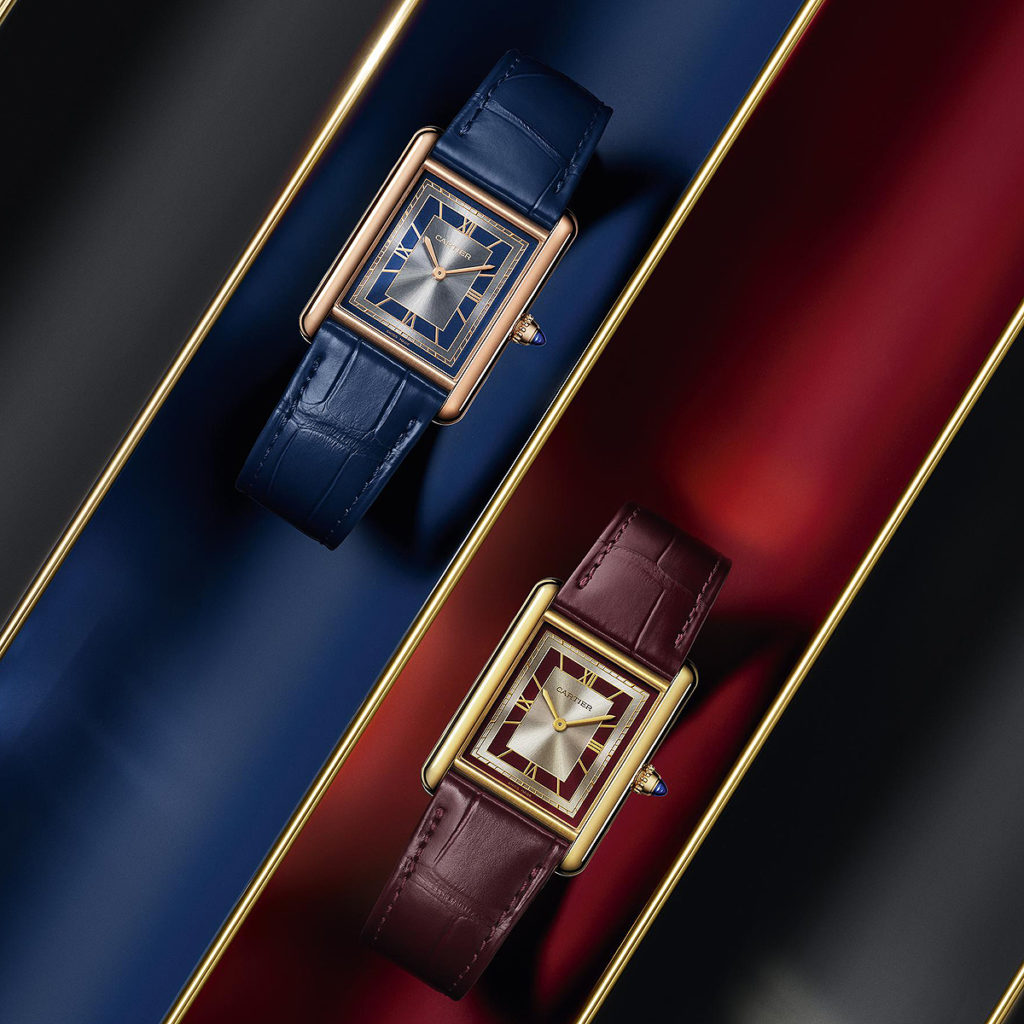
Cyrille Vigneron, President and CEO for Cartier International, seemed to confirm this strategy in an interview this past spring, when he cited how a refocus of the brand on its core features, which he named as “proportion, shapes, [and] beautiful design” chiefly explains the renewed success of its timepieces. Throughout Cartier’s history as a watchmaker, it has effectively derived the majority of its designs in some capacity from that of the original, groundbreaking Tank, a model that is intrinsically tied to Art Deco. Thus, in new watches like those seen in the Tank Must collection, Cartier is able to introduce and carry forth Deco for a modern audience, without needing to outright say so.
History, Deco, and the Art of Being Cool
Ultimately, Art Deco – much like the rise of Dogecoin and Cartier generally – in some capacity now feels inevitable.

Apart from Cartier, several key executives at other brands across the price spectrum — namely Baume & Mercier, Bulova, Jaeger-LeCoultre and Vacheron Constantin — seem open to spending capital as well as creative energy on their own Roaring ’20s-era designs. While their efforts thus far seem largely focused on directly reviving vintage models from a century ago, a sustained marketing effort calling attention to such products is likely to draw a sizable niche segment of watch buyers to them going forward.

Cartier, of course, and not to belabor the point, remains the blueprint for what Deco, even with its historical roots, could still represent today: modernity, high fashion, youth, and – most significantly – cool. There’s a reason why the Cartier Tank is the favorite of It Girls (see Dimepiece) and many effortlessly suave stars over the years. It’s not because they share a love for ancient history; it’s because, as Andy Warhol is famously quoted, “It’s the watch to wear.”

If the 1920s as a historical influence no longer needs to be explicitly cited to sell a Deco watch, then a wellspring of imaginative design thinking can blossom in the pursuit of not what is necessarily historically faithful, but instead of what is just plain cool.
This shift would allow the Deco style to expand beyond its historical origins, to be remixed, rethought, and adapted to a completely modern context and market. Experimentation in colors, shapes, and even movement technology could then be explored unbound. Cartier has done so with the modern Tank Must (and even the Must de Cartier before it), and others are likely to follow in the wake of its success.
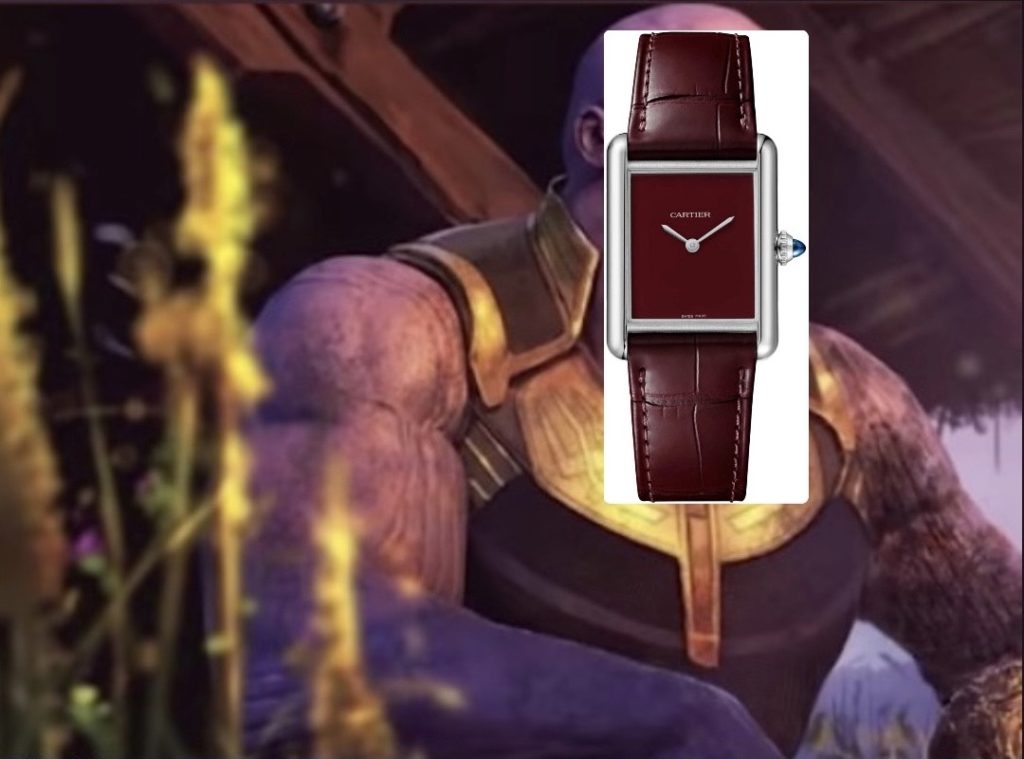
It follows, then, that with some imaginative design and branding on the part of creative watchmakers, Art Deco-influenced watches can find a new place in the market as a revitalized, modern style — whether our own current, tumultuous times begin “Roaring” or not.

Want to learn more about Art Deco in the context of watchmaking? Check out our list of six Art Deco inspired watches, here.

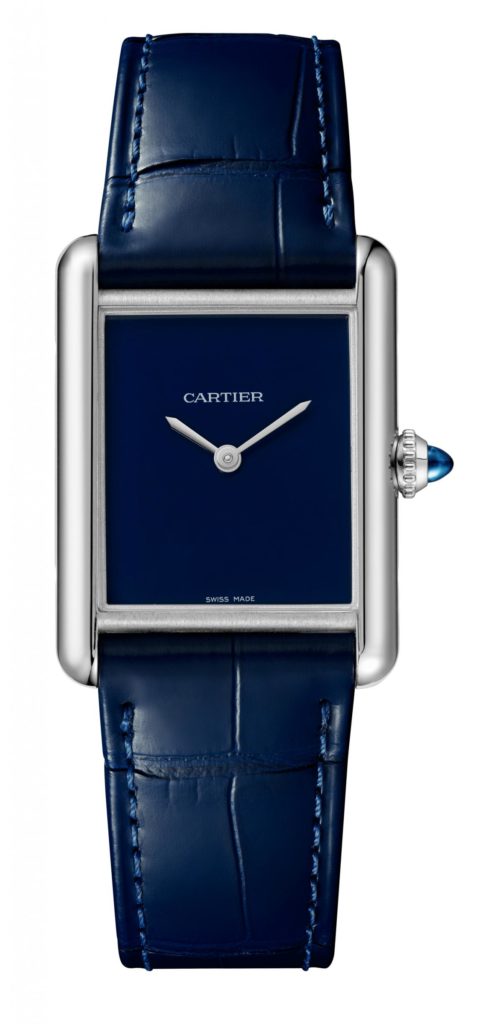
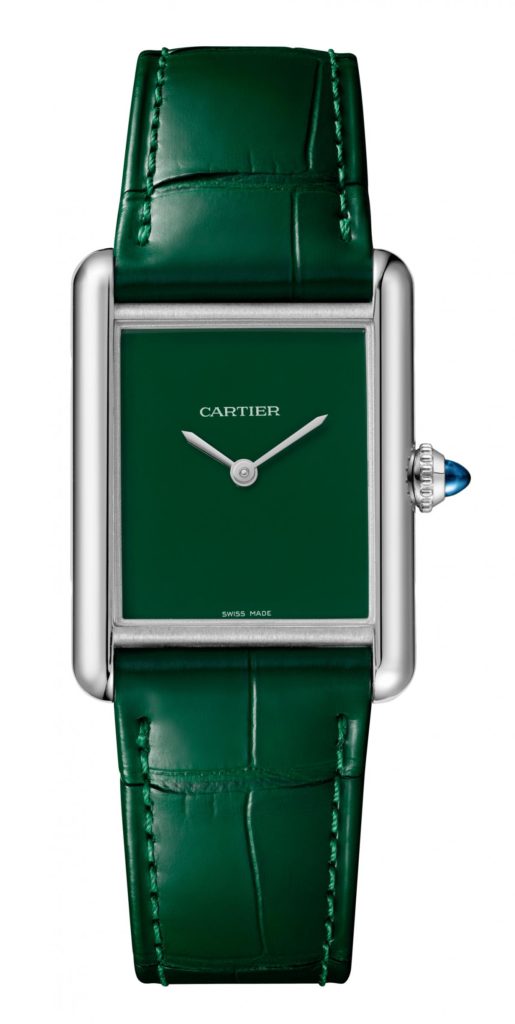


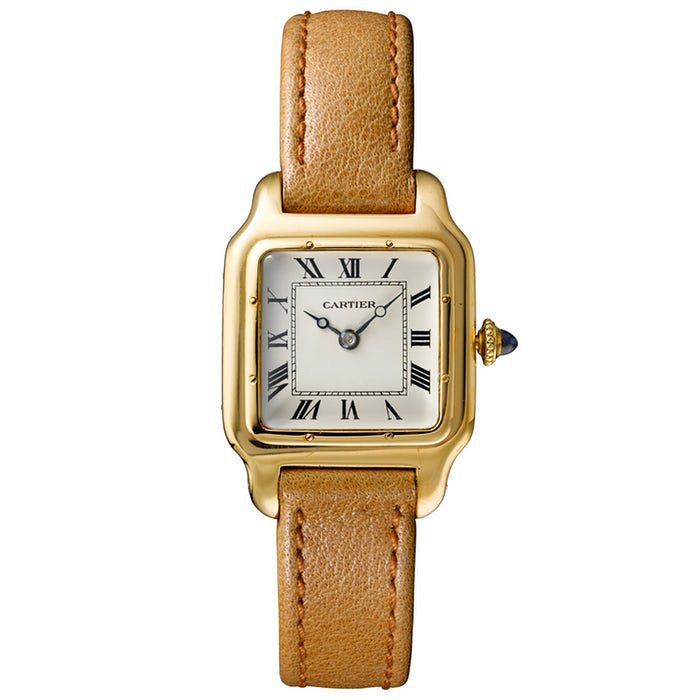
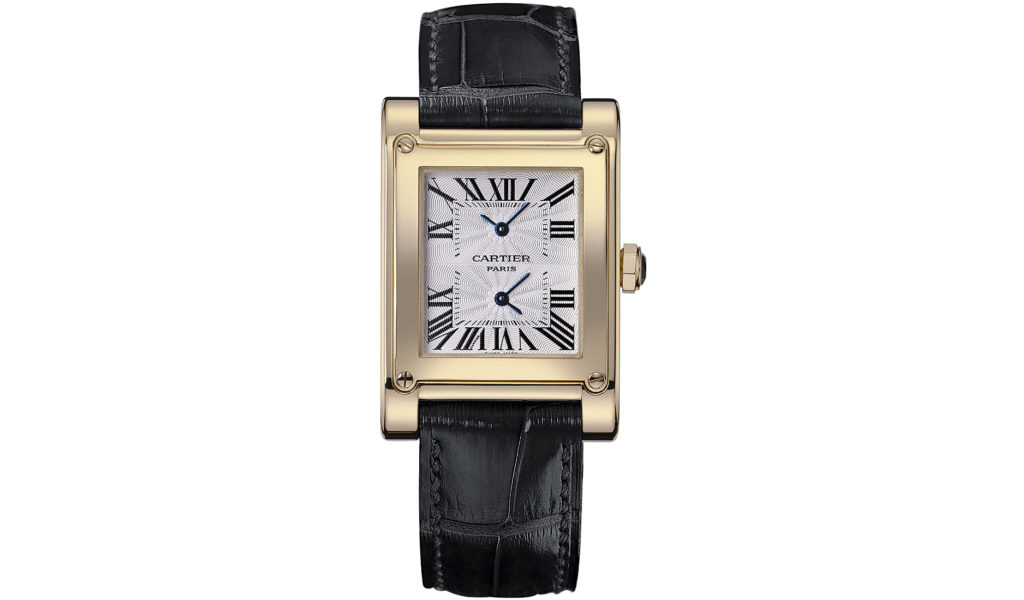

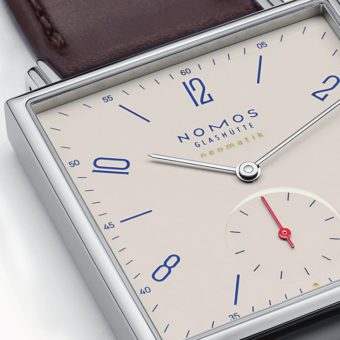
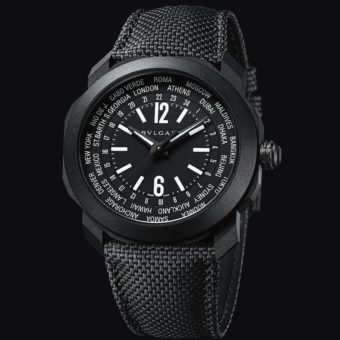

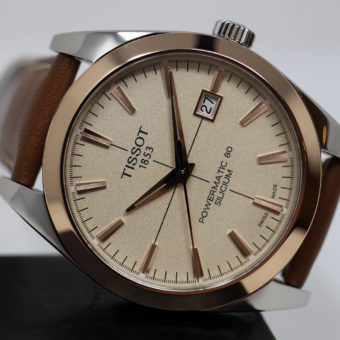
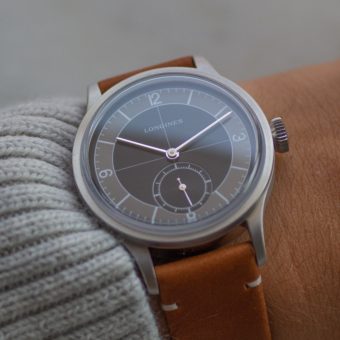
These are some of the most beautiful and affordable watches I have seen in a long time. I did not realize it, but many of the watches that I have on my “to buy” list are in this article! I already own the Joseph Bulova collection with the white dial (limited to 350 pieces). I love the Cartier Tank watches with the colored dials for my wife. Unfortunately Cartier has not delivered the collection to its boutiques (I tried to find them in the Washington DC area). Very frustrating if the Swiss watch industry gets us excited to buy their watches and can’t deliver them. I wish WatchTime could interview the CEO’s and ask them what is causing the serious delay to get them to the boutiques to get them to their customers. Anyway, the watches in this article are so beautiful.
“Retail market share” indeed. Money market share or unit volume?